Russians Target Ballistic Missile Defence Ship Again
For the second time in two years Russian strike jets have buzzed the US Navy destroyer USS Donald Cook, except in the latest episode not in the Black Sea but in the Baltic.
What makes the Arleigh Burke Class warship so interesting to the Russians – and therefore, Moscow feels, worthy of some close attention – is her status as a Ballistic Missile Defence (BMD) vessel.
 A Russian Sukhoi Su-24 Fencer attack aircraft makes a very low
A Russian Sukhoi Su-24 Fencer attack aircraft makes a very low
altitude pass past the USS Donald Cook on April 12. Image: US Navy.
The Donald Cook is one of four forward-based US Navy destroyers (operating from Rota in Spain) that are BMD-capable. They sail European waters to provide NATO nations with a protective umbrella against potential missile attack, but Russia deeply resents the deployment of such warships close to its borders.
The Pentagon claims the patrols by the BMD-capable Arleighs are more about protecting allies and US interests, and forward-based forces overseas, from attack by rogue states than seeing off a Russian threat. The Kremlin views them as a very provocative presence, hence the Donald Cook’s encounters with low-flying strike jets.
Referred to by the US Navy as ‘several close interactions’, the latest incidents also involved a Helix helicopter adopting the Cold War tactic (used by both sides back then) of photographing a NATO vessel up close.
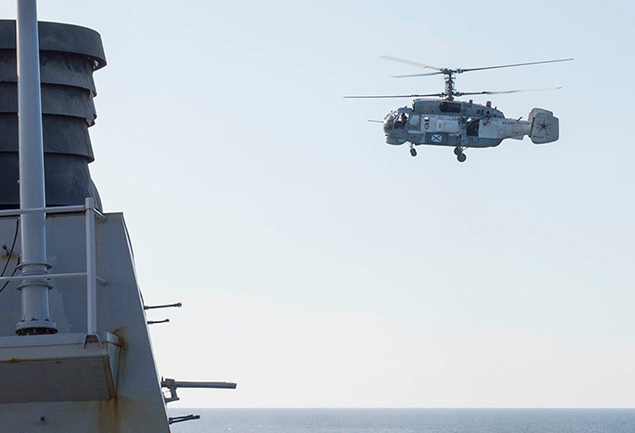
The KA-27 Helix flies close to the USS Donald Cook in the Baltic. Image: US Navy.
‘USS Donald Cook encountered multiple, aggressive flight maneuvers by Russian aircraft that were performed within close proximity of the ship,’ explained a US Navy statement on the episodes, which occurred as the destroyer sailed within international waters.
The Arleigh Burke Class destroyer was ‘conducting deck landing drills with an allied military helicopter’ according to the USN, when at 3.00pm European time on April 11, a pair of SU-24 jets ‘made numerous close-range and low altitude passes’.
The decision was swiftly taken to temporarily halt the deck landings (by a Polish naval helicopter). According to the US Navy the situation swiftly became unsafe, especially with one SU-24 Fencer jet passing around 30ft above the Donald Cook. This happened as a helicopter was being refueled on the destroyer’s flight-deck.
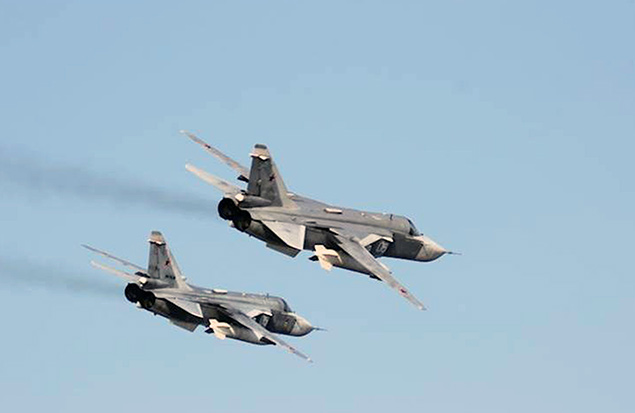
Two Su-24 Fencers pass very close to the USS Donald Cook on April 12, 2016. Image: US Navy.
The following day the SU-24s were back, but this time just after the KA-27 Helix had circled the Donald Cook at low altitude, it is believed to enable a photographer to take shots of the warship’s radars and other systems.
‘About 40 minutes after the interaction with the Russian helicopter, two Russian SU-24 jets made numerous close-range and low altitude passes, 11 in total,’ the USN statement revealed. ‘The Russian aircraft flew in a simulated attack profile and failed to respond to repeated safety advisories in both English and Russian.’ The boss of American naval forces in Europe, Admiral Mark Ferguson slammed the Russian actions as “unprofessional and unsafe.”
The episode has generated headlines around the world while diplomatic back channels have been buzzing; with the USA seeking to make sure Russia knows how dangerous such manoeuvres are. “We have deep concerns about the unsafe and unprofessional Russian flight maneuvers,” said a USN source. “These actions have the potential to unnecessarily escalate tensions between countries and could result in a miscalculation or accident that could cause serious injury or death.”
During the Cold War such incidents were common, with both sides going as close as they dared to test the reactions of the other side’s warships. Photography of exposed systems, in order to try and gain an insight into the opposition’s warfare potential, was a key objective of helicopter flights. Jet passes were also designed to test the reactions of the target vessel’s crew and pick up intelligence on tactics and sensor capabilities. The same dangerous game of using your own surface vessels and submarines to come as close as possible to the other’s side’s equivalent units was conducted for identical reasons.
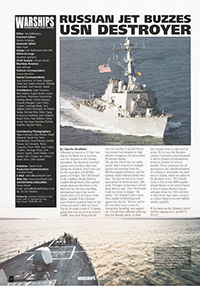
The news report on USS Donald Cook’s previous encounter with low flying Russian strike jets, as published in the June 2014 edition of WARSHIPS IFR magazine.
The USS Donald Cook was last subjected to the same kind of jet buzz treatment while on patrol in the Black Sea at the height of Russia’s intervention in the Crimea and eastern Ukraine in 2014.
The destroyer was sailing through international waters when a SU-24, possibly from a Russian naval aviation squadron based in the Crimea, came a little too close. The SU-24 made a total of 12 passes, going from near sea level to around 2,000ft – but never flying directly over the warship. A second SU-24 was present but remained at high altitude throughout the provocative 90 minute display.
The aircraft was not visibly armed and did not respond to multiple queries and warnings from the Donald Cook. The episode ended without further incident. The SU-24 had, at its closest, approached to within around 1,000 yards.
At the time Pentagon spokesman Colonel Steve Warren observed: “The USS Donald Cook was never in danger.” He added: “The Donald Cook is more than capable of defending itself against two Su-24s.” Warren said he did not think it was a case of a young pilot ‘joyriding’ and suggested: “I would have difficulty believing that two Russian pilots, on their own, would chose to take such an action.”

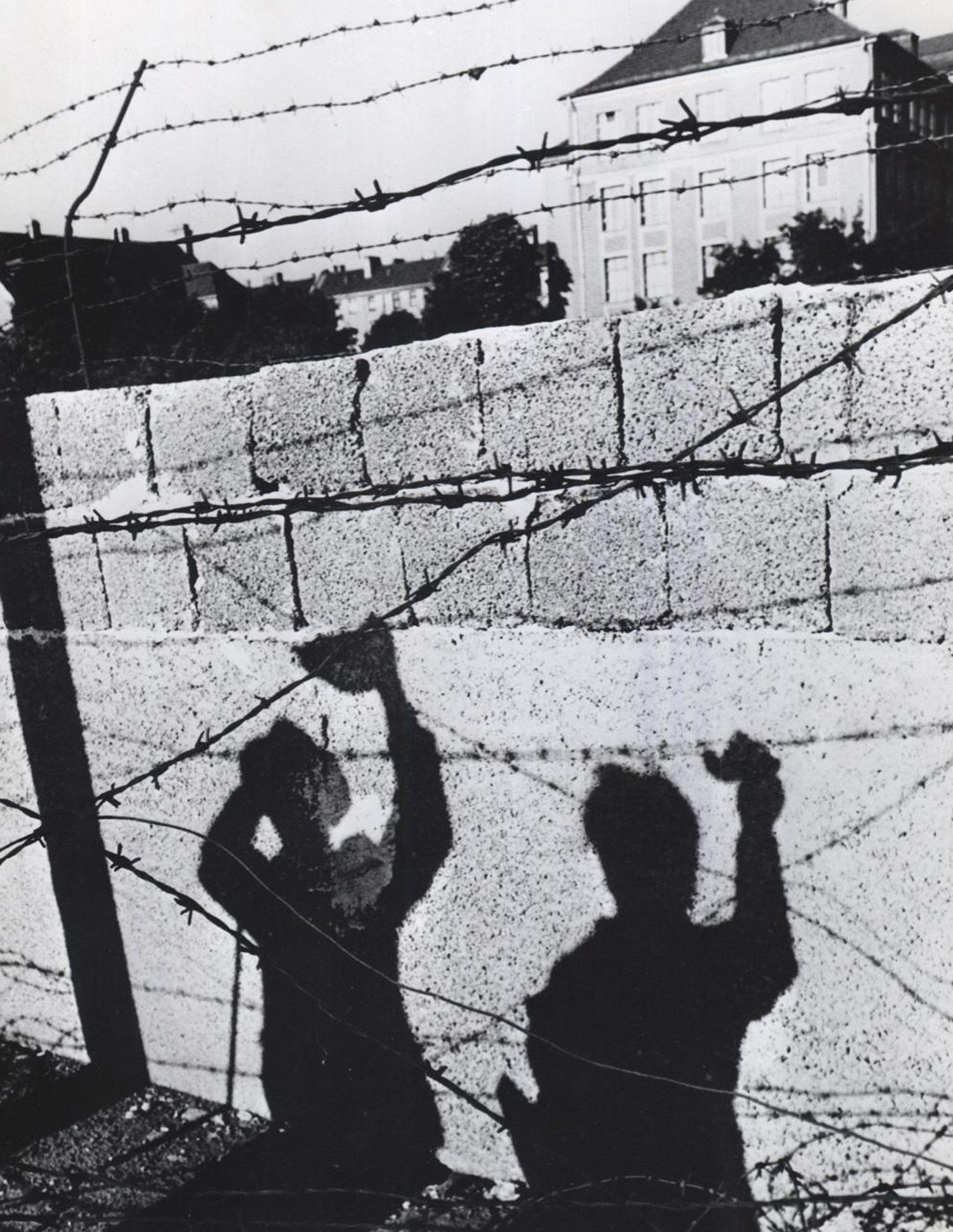
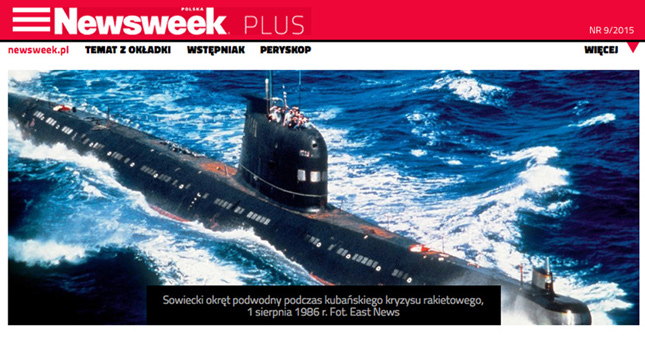
 However, the star turn for raising awareness of ‘Underwater Hunters’ has to be Piotr Wloczyk who interviewed me for an expansive Q&A interview on topics related to the Cold War under the sea. This was published in
However, the star turn for raising awareness of ‘Underwater Hunters’ has to be Piotr Wloczyk who interviewed me for an expansive Q&A interview on topics related to the Cold War under the sea. This was published in 
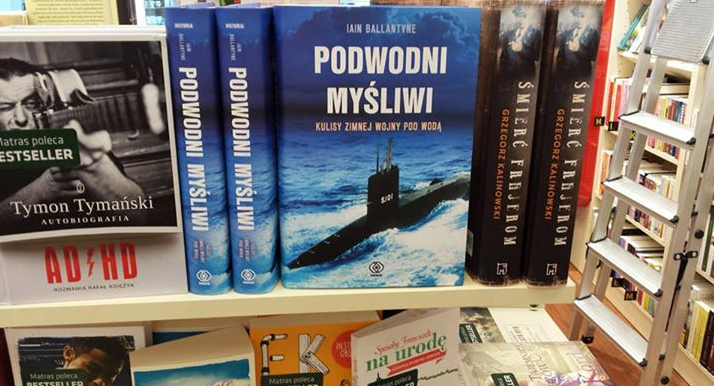 ‘Underwater Hunters’ on sale in Lublin
‘Underwater Hunters’ on sale in Lublin